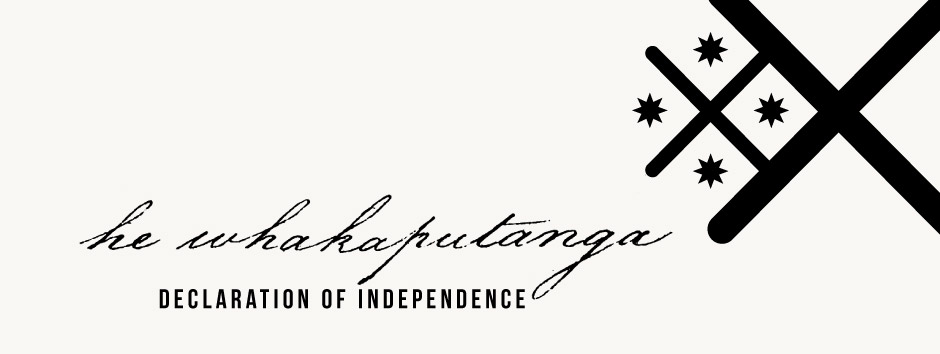Signing details
Te Kōpiri was a respected rangatira with links both to Motupipi in Kerikeri and to Taiāmai, a fertile district inland from Pēwhairangi (the Bay of Islands). He was the eldest son of Kaitara and grandson of Kohukohu, and his brother Te Wera Hauraki was another influential leader. Te Kōpiri was also associated with Ōhaeawai, Te Ahuahu and the eastern side of Lake Ōmāpere. He was allied to the important rangatira Te Morenga, who is often described as Hongi Hika’s rival in Taiāmai.
Te Kōpiri was involved in the settlement of Taiāmai by Te Uri Taniwha, Ngāti Hineira and other Ngāpuhi hapū in the late 1700s. The region had been occupied by Ngāti Pou, who were linked to Kaitara through his marriage to Inu, an important Ngāti Pou woman. It is said that when Te Kōpiri’s pregnant wife Whakapū was murdered by Ngāti Pou, Te Kōpiri, his father Kaitara and others joined the taua against them and then settled on the land. Some also credit Kaitara with the naming of Taiāmai.
Te Kōpiri and his hapū also had strong links to Kerikeri. On 21 August 1817 the missionaries John King and Thomas Kendall visited Te Kōpiri at Motupipi, on the south side of Kerikeri inlet, to help sow wheat there. Samuel Marsden also visited in October 1819, and noted that the elderly Te Kōpiri was crippled in both legs. 'He was a man as proud of his consequence and dignity as I had ever seen,' wrote Marsden. Te Kōpiri told Marsden that 'he had heard King George was so great a man that he never went on board a ship, and that he was equally great in New Zealand and, for that reason, he [Te Kōpiri] never went on board any vessel.' [1]
Te Kōpiri signed He Whakaputanga on 28 October 1835, alongside other rangatira of the Taiāmai region and southern allies of Ngāpuhi.
Like fellow He Whakaputanga signatory Tītore, Te Kōpiri’s mana was such that he is named on Te Tiriti o Waitangi without having signed. Beside the tohu of Ruhe is the statement, ‘te tohu o Ruhe te tamaiti o Kopiri’ (the mark of Ruhe the son of Kōpiri). Te Kōpiri had raised his nephew Ruhe as his own son, and it is said his mana passed to Ruhe in later years.
Te Kōpiri is buried at Motupipi, Kerikeri.
[1] ‘Reverend Samuel Marsden, Journal: Continuation of Reverend Samuel Marsden’s Second Visit to New Zealand’, Marsden Online Archive.


Community contributions